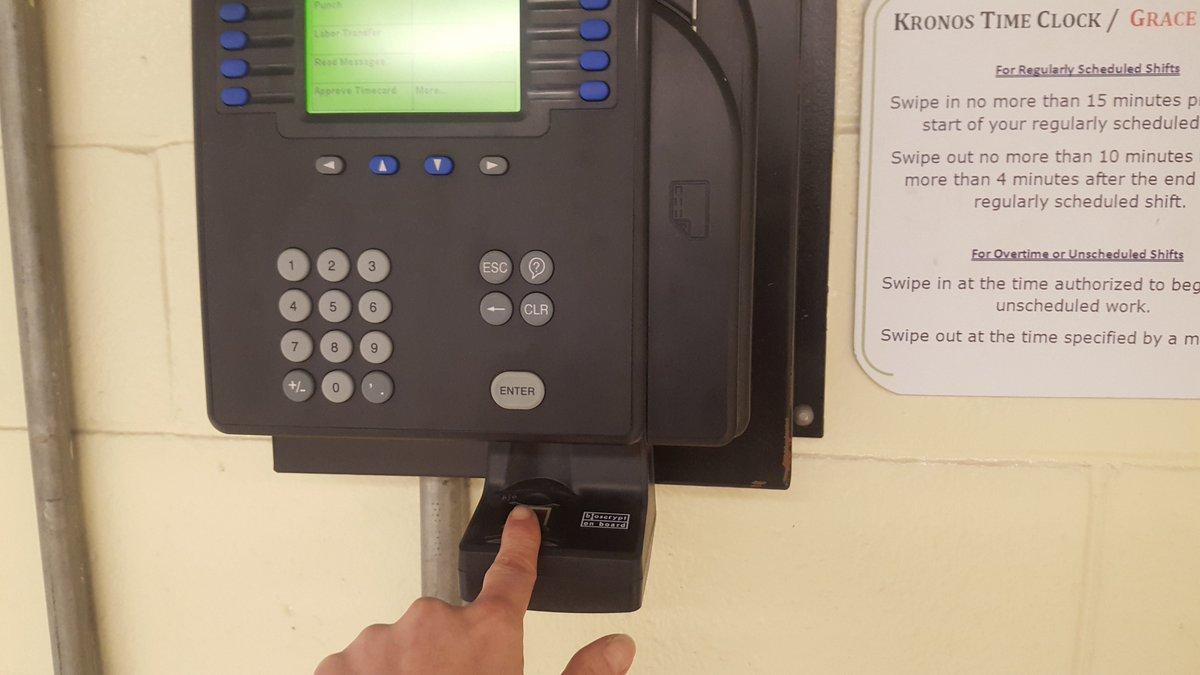One employer is an anomaly, two is a trend that must be stopped.
Last week, I nominated for the Worst Employer of 2020 an unnamed national restaurant chain that was reported to be stealing (the company called it “absorbing”) its employees’ CARES Act stimulus checks by reducing their scheduled hours in a pro-rata amount.
Now, another employer has been outed with similar plans.
According to KXAN, an unnamed national company advised its employees that it would be preemptively deducting funds from their paychecks based on the amount each employee anticipated receiving in their stimulus check.
The worker said his company emailed a form titled “Employee Acknowledgement of ‘Government Assistance’ Pay Reduction” to some staffers on Wednesday. “In response to the economic crisis that is affecting all of us due to the coronavirus pandemic…(company name redacted) are hereby enacting the Employee Emergency Compensation Fund,” the letter stated.
The agreement would put workers under a “temporary compensation reduction that is in line with the assistance that it receives from the federal government related to the COVID-19 pandemic.” By signing the agreement, the company’s employees would have their paychecks between April 6 and April 20 cut by 100% of any money received under the stimulus bill.
The company would also take half of the $500 stipend allotted for dependents under the bill.
The Lost Ogle identified the company as Oklahoma City-based ImageNet Consulting, and further reported that after public outcry it has delayed the plan. The company’s President/CEO Pat Russell sent the following email to his employees:
As a result of the few inquiries we have this week, I wanted to make the following points of clarification with regard to the Employee Emergency Compensation Program that was announced and specifically for those employees who have not already sacrificed with immediate pay reductions.
First, the plan will not go into effect until the earliest of April 6th and, there will be no pay reduction for the paycheck received on that date.
Second, it appears that Congress is very close to passing sweeping legislation to provide relief to companies like ours and to individuals. … If we can determine ways to minimize the amount of sacrifice that we have asked everyone to make, we will do so and amend the plan accordingly.
That last paragraph is his email is really important. The CARES Act contains key payroll and other relief to small and mid-size businesses, known as the Paycheck Protection Program. It allocates $350 billion to businesses with less than 500 employees through low interest (and, in some cases, fully forgivable) loans to help pay payroll, rent and utilities.
There are ways to keep your business operational and solvent without “absorbing” your employees’ stimulus checks. They need that money to live. Moreover, in the very same Act that makes those stimulus checks available, the government also makes available for businesses Paycheck Protection Program loans. Use those loans to help your business stay afloat during these trying and difficult times. Don’t absorb the money that’s meant specifically for your employees. It’s just plain wrong.
For more information on how your business can obtain funds through the Paycheck Protection Program, contact me and I’ll put you in touch with an attorney on our Coronavirus Response Team.











 The Act provides that eligible employees of covered employees can receive:
The Act provides that eligible employees of covered employees can receive:
